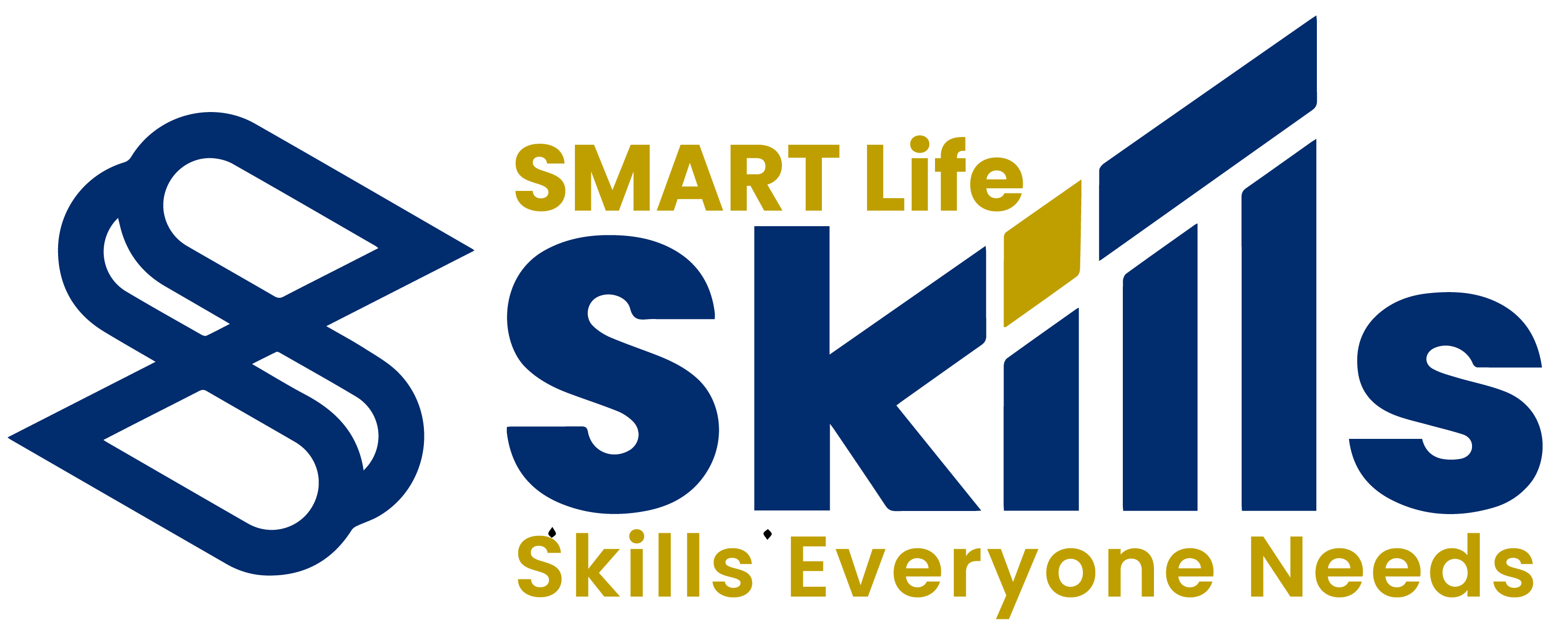The Resource-Based View (RBV) is a fundamental framework within strategic management that explains how firms achieve and sustain competitive advantage. Developed as a counterbalance to externally focused theories such as Porter’s Five Forces, RBV centres on the internal resources and capabilities of firms as the key drivers of sustained success. This article critically evaluates the RBV, its theoretical underpinnings, applications, limitations, and relevance in today’s dynamic business environment, drawing on textbooks, journal articles, and reputable academic websites.
1.0 Origins and Theoretical Foundations of RBV
The RBV emerged in the 1980s, most notably through the seminal work of Wernerfelt (1984), who argued that firms should be viewed as bundles of resources rather than simply units operating in markets. He suggested that firms gain advantages by possessing “resources that are valuable, rare, inimitable, and non-substitutable”—a concept further refined by Barney (1991).
Barney’s VRIN framework (Valuable, Rare, Inimitable, Non-substitutable) remains central to the RBV. If a resource meets these criteria, it can provide sustainable competitive advantage (Barney, 1991). These resources can include tangible assets (e.g., technology, capital), intangible assets (e.g., brand reputation, organisational culture), and human resources (e.g., expertise, leadership).
“The essence of RBV is that internal firm-specific resources are more critical than industry positioning in determining firm performance” (Grant, 2019).
2.0 Key Concepts and Components
1.0 Strategic Resources
A strategic resource is one that enables a firm to exploit opportunities or neutralise threats in the environment. Examples include:
- Apple’s design capabilities and brand recognition
- Google’s algorithmic superiority
- Tesla’s integration of software into automotive manufacturing
According to Grant (2019), the effectiveness of strategic resources depends not just on possession but also on the firm’s ability to organise them effectively, leading to the Resource-Orchestration Theory (Sirmon et al., 2007).
2.0 Capabilities and Core Competencies
Whereas resources are the inputs, capabilities refer to a firm’s capacity to deploy them effectively. Prahalad and Hamel (1990) introduced the concept of core competencies, suggesting firms must develop unique bundles of capabilities that competitors cannot replicate.
3.0 RBV in Practice
Recent empirical studies have reinforced RBV’s practical relevance. For instance:
- Sisca et al. (2025) investigated how green innovation, rooted in internal capabilities, drove sustainability and performance in micro-enterprises in Indonesia. They found that internal knowledge-sharing and resource alignment were stronger predictors of performance than market pressures.
- Omotayo & Omoloso-Dada (2025) highlighted that in the retail sector, customer experience management, enabled by data analytics capabilities, significantly strengthened competitive advantage — validating the RBV claim that intangible assets can be crucial.
- In the digital transformation context, Ullah et al. (2025) showed that AI and data analytics capabilities, when integrated into operations, could create VRIN resources that outperform traditional forms of competitive advantage.
4.0 Contemporary Relevance in Dynamic Environments
RBV continues to evolve, particularly with the advent of technological disruptions and globalisation. Extensions of RBV include:
4.1 Dynamic Capabilities View (DCV)
Proposed by Teece et al. (1997), this perspective argues that in turbulent markets, it is not just about what resources a firm owns, but how fast and effectively it can adapt them. DCV focuses on learning, reconfiguring, and innovating resources to maintain competitiveness.
“Dynamic capabilities are the firm’s ability to integrate, build, and reconfigure internal and external competencies to address rapidly changing environments” (Teece et al., 1997).
4.2 Natural Resource-Based View (NRBV)
As sustainability becomes crucial, Hart (1995) expanded RBV to include environmental resources. Firms that manage these sustainably can gain legitimacy, reduce risks, and open new markets, especially in green sectors (Islam et al., 2025).
5.0 Criticisms and Limitations of RBV
Despite its influence, the RBV has faced several criticisms:
- Tautology and Vagueness: Critics argue that the theory is circular. If resources lead to success, and successful firms are said to have “valuable” resources, it becomes a self-fulfilling prophecy (Priem & Butler, 2001).
- Neglect of External Environment: Unlike Porter’s external focus, RBV often underestimates the influence of industry structure, competition, and macroeconomic factors.
- Implementation Gaps: Knowing what resources are valuable is insufficient if firms lack the ability to develop, maintain, or deploy them effectively.
- Dynamic Markets: In fast-moving sectors (e.g., tech or fashion), what is “inimitable” today can be obsolete tomorrow. Here, RBV is complemented better by the Dynamic Capabilities framework (Saeed et al., 2025).
6.0 RBV Across Industries: Examples
6.1 Technology
Google uses its search algorithm — a complex, inimitable resource — to maintain dominance in the search engine market. Its ability to continuously improve AI further demonstrates dynamic capabilities (Dhanekula, 2025).
6.2 SMEs and Local Contexts
In developing economies like Indonesia and Nigeria, local government support, when aligned with firm-level human capital and networking capabilities, improves SME performance by enhancing internal strengths (Siregar et al., 2025; Ogunniyi, 2025).
6.3 Retail and Customer Experience
Retailers leverage customer insights, branding, and employee engagement to create unique consumer experiences that are hard to replicate, which aligns with RBV’s focus on intangible assets (Obiefule & Asonye, 2025).
The Resource-Based View has fundamentally shifted how firms view competition — not as a battle over market share, but as a contest of who can best manage their unique internal strengths. While it does not offer a complete picture of competitive advantage, especially in rapidly changing markets, RBV remains a powerful tool when used in combination with other frameworks.
Firms seeking long-term success must not only possess VRIN resources but also develop dynamic capabilities to adjust them continuously. As global challenges such as digital disruption, sustainability, and geopolitical shifts emerge, the RBV’s internal focus must be complemented with agility, foresight, and adaptability.
References
Barney, J.B. (1991). Firm Resources and Sustained Competitive Advantage. Journal of Management, 17(1), 99–120. https://doi.org/10.1177/014920639101700108.
Grant, R.M. (2019). Contemporary Strategy Analysis (10th ed.). Wiley.
Prahalad, C.K., & Hamel, G. (1990). The Core Competence of the Corporation. Harvard Business Review, 68(3), 79–91.
Teece, D.J., Pisano, G., & Shuen, A. (1997). Dynamic Capabilities and Strategic Management. Strategic Management Journal, 18(7), 509–533.
Hart, S.L. (1995). A Natural-Resource-Based View of the Firm. Academy of Management Review, 20(4), 986–1014.
Sisca, S., Wijaya, A., & Setyawati, C.Y. (2025). Driving Green Innovation for Sustainable Performance. Journal of Management and Entrepreneurship Research. https://journal.unisnu.ac.id/jmer/article/view/2025.12.06.4-77.
Ullah, K., Akhtar, S.M., Shahzadi, K., & Ishaq, K. (2025). Digital Transformation and Its Impact on Corporate Competitive Advantage. Critical Review of Social Sciences.
Omotayo, M.J. & Omoloso-Dada, B. (2025). Customer Experience Management in Retail. International Journal of Economics, Business and Entrepreneurship Research.
Siregar, O.K., Rioni, Y.S., & Anwar, Y. (2025). The Influence of Local Government Support on SME Performance. Lex Localis.
Ogunniyi, A.S. (2025). Strategic Approaches to Enhance Sustainable Competitive Advantage. Walden Dissertations and Doctoral Studies.









